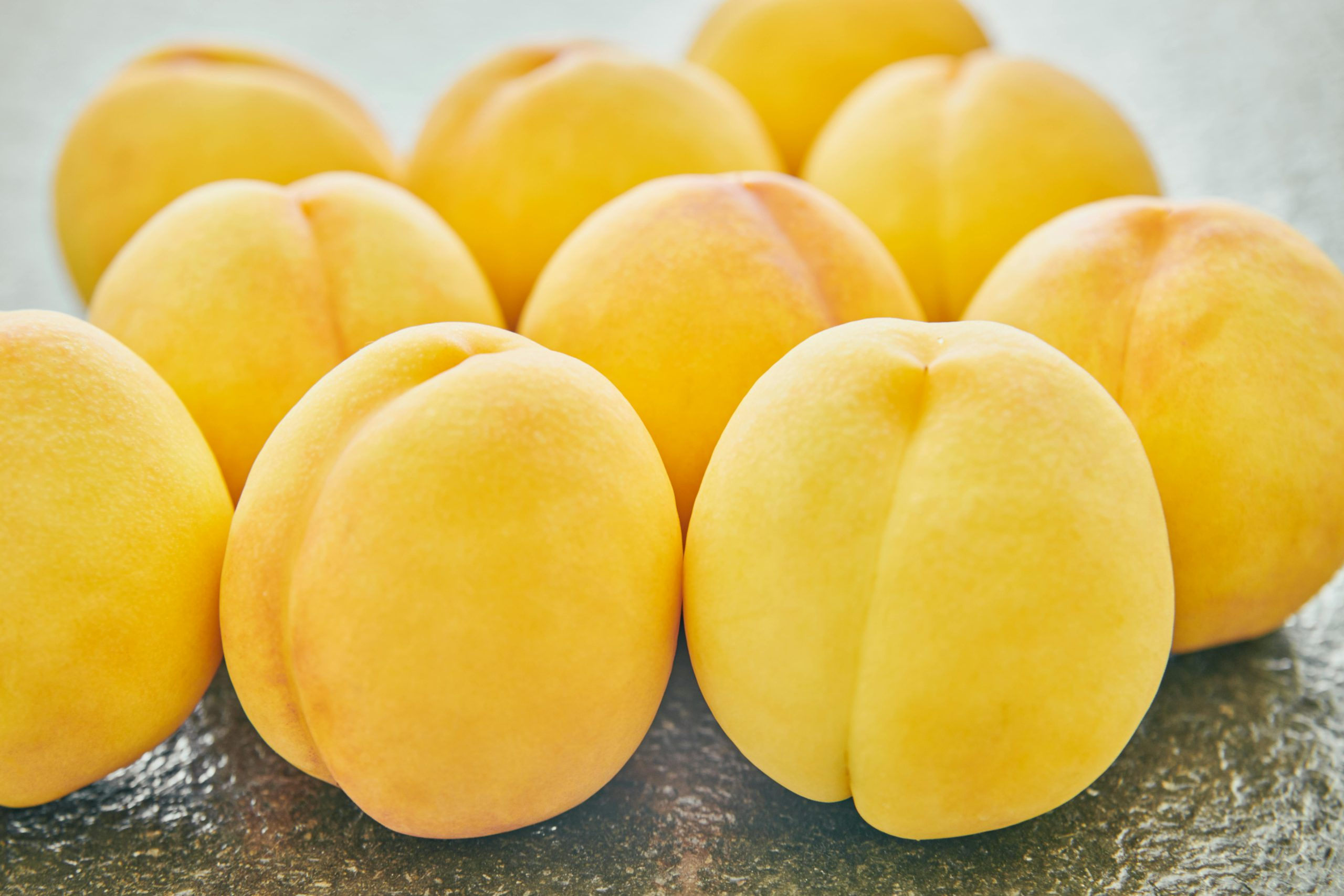The Benefits of Cooking With Seasonal Fresh Produce
The kitchen is often described as the heart of a home, and for good reason. Not only is it where meals are prepared and shared, but it also serves as a place for creating memories and fostering a sense of community. As such an important space, it’s no wonder that cooking trends and techniques are always evolving. One such trend that has gained popularity in recent years is cooking with seasonal fresh produce. In addition to being a delicious and enjoyable way to cook, there are a multitude of benefits to using seasonal produce in your dishes. Let’s take a closer look at why cooking with seasonal fresh produce should be a part of your kitchen repertoire.
What is Seasonal Fresh Produce?
Seasonal fresh produce refers to fruits and vegetables that are grown and harvested during their natural growing season. This means that the produce is at its peak in terms of flavor, nutrients, and availability. In contrast, out-of-season produce is often shipped from other parts of the country or even internationally, resulting in lower quality and higher prices.
The Benefits of Cooking With Seasonal Fresh Produce
1. Better Flavor
When produce is grown and harvested in the right season, it develops the best flavor. By cooking with seasonal produce, you can be assured that your dishes will have the most delicious and vibrant taste. Out-of-season produce, on the other hand, is often picked before it’s ripe and then ripened during transportation, resulting in a less flavorful product.
2. More Nutritious
Seasonal produce is believed to be more nutritious because it’s harvested at its peak. As fruits and vegetables ripen, they develop more nutrients and antioxidants, making them more beneficial for our bodies. Additionally, seasonal produce is usually sold locally, so it doesn’t have to travel far, ensuring that it retains its nutrients and freshness.
3. Supports Local Farmers
Buying and cooking with seasonal produce directly supports local farmers and their communities. By purchasing from local farmers, you’re investing in sustainable agriculture and reducing the carbon footprint of food transportation. This also helps to maintain the local economy and preserve farmland.
4. More Affordable
When produce is in season, it’s in abundance, which means that prices are usually lower. This makes cooking with seasonal produce more budget-friendly, allowing you to stretch your dollar further. In contrast, out-of-season produce is often more expensive due to transportation costs and supply and demand.
5. Variety and Creativity
Cooking with seasonal produce introduces you to a variety of fruits and vegetables that you may not have tried before. This naturally encourages creativity in the kitchen as you find new and exciting ways to incorporate these ingredients in your dishes. Eating a variety of seasonal produce also ensures that your body gets a mix of different nutrients.
6. Minimizes Environmental Impact
By cooking with seasonal produce, you can also contribute to reducing the environmental impact of food production. Out-of-season produce is often grown in greenhouses or transported long distances, resulting in higher energy consumption and pollution. By supporting local farmers and reducing your carbon footprint, you play a part in creating a more sustainable food system.
Cooking Tips for Using Seasonal Produce
Now that you know the benefits of cooking with seasonal fresh produce, here are a few tips to help you make the most of it:
1. Research What’s in Season
Familiarize yourself with what fruits and vegetables are in season in your region. This can be done through simple online searches or by visiting your local farmer’s market. Knowing what’s in season will help you plan your meals and make informed purchases.
2. Experiment with Different Cooking Methods
Try different cooking methods such as roasting, grilling, or sautéing to bring out the best flavors in seasonal produce. You’ll be amazed at how versatile and delicious fruits and vegetables can be when cooked in different ways.
3. Use Preserving Techniques
If you find yourself with an abundance of seasonal produce, try preserving them through techniques such as pickling, canning, or freezing. This allows you to extend the shelf life of the produce and enjoy them even when they’re out of season.
4. Be Creative with Recipes
Don’t be afraid to get creative with your recipes and use seasonal produce in unexpected ways. For example, you can add seasonal fruits to salads or use them in savory dishes. The possibilities are endless!
In conclusion, incorporating seasonal fresh produce in your cooking not only results in delicious and nutritious meals but also supports local farmers, promotes sustainability, and allows for culinary exploration. So, the next time you’re in the kitchen, reach for those in-season fruits and vegetables and let the natural flavors shine in your dishes!










